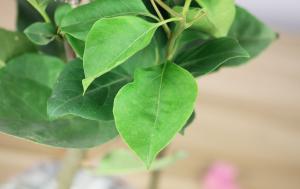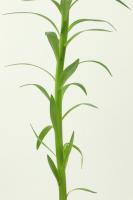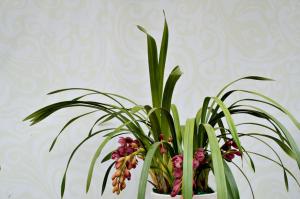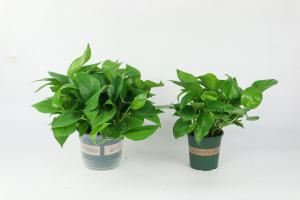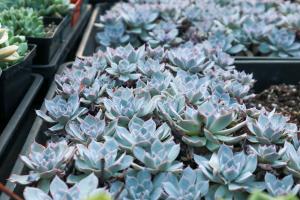1、 Cutting propagation
The most commonly used method for propagation of Bulbus variegated is cutting, which can be carried out from May to September. If the temperature is appropriate, cutting can be carried out all year round. Cut the branches with at least three tips with scissors, and then cut the branches with at least three tips. Dip the pruned branches in tea acetic acid for disinfection, and then insert them into the prepared soil. Pay attention to watering every day to keep the soil moist. The seedlings of new cuttings should be protected from light and appropriate shading treatment should be carried out to avoid strong direct sunlight. When the average temperature is above 20 ℃, the cuttings can take root in about 20 days, which is easier to survive. After the seedlings grow stably, pay attention to maintenance and carry out routine fertilizer and water management to promote the healthy growth of Bulbus variegated

2、 Strip propagation
The propagation is carried out by pressing strip method, which is generally carried out from May to August. Select a full and strong tender vine, press the branches near the top of the vine stem into the soil and fix it, keep the soil moist, and maintain it reasonably. In about half a month, the branches can grow new roots. At this time, cut off the newly grown roots and transplant them. Seedlings should be kept away from light and keep the soil moist. Banding is a fast breeding method

3、 Sowing and propagation
The seeds of Bulbus variegated generally mature from the end of summer until autumn and winter. After the mature seeds are collected in summer and autumn, they can be sown and propagated immediately. If the seeds are collected in late autumn and winter, they need to be properly collected and sown after the temperature rises in the next spring. When sowing, it is best to select high-quality and full seeds, keep the soil moist after sowing, and pay attention to appropriate shading treatment after seedling germination. When three or four leaves grow, they can be transplanted in pots, and then carry out conventional fertilizer and water management


 how many times do yo...
how many times do yo... how many planted tre...
how many planted tre... how many pine trees ...
how many pine trees ... how many pecan trees...
how many pecan trees... how many plants comp...
how many plants comp... how many plants can ...
how many plants can ... how many plants and ...
how many plants and ... how many pepper plan...
how many pepper plan...